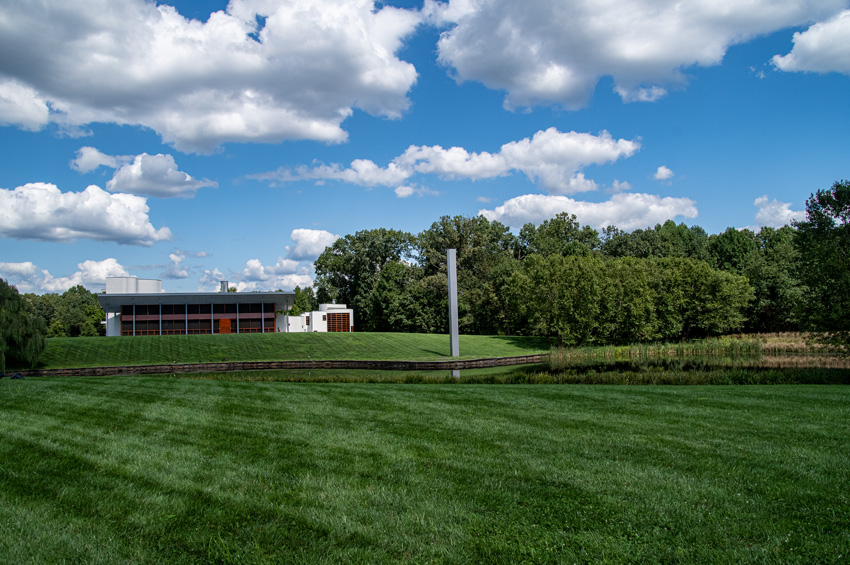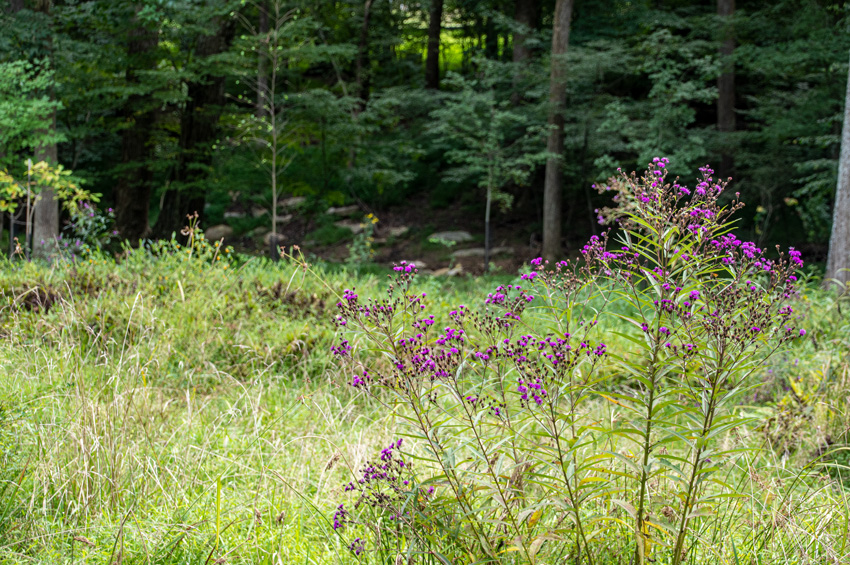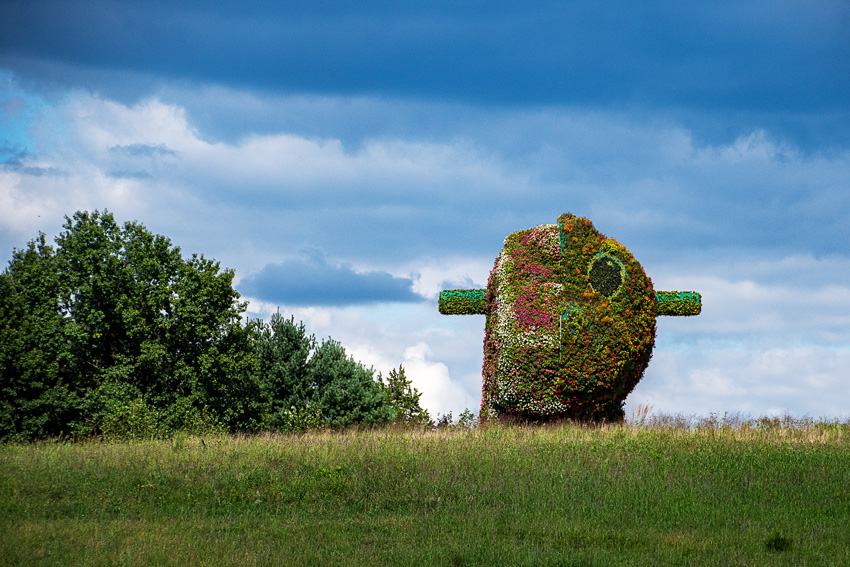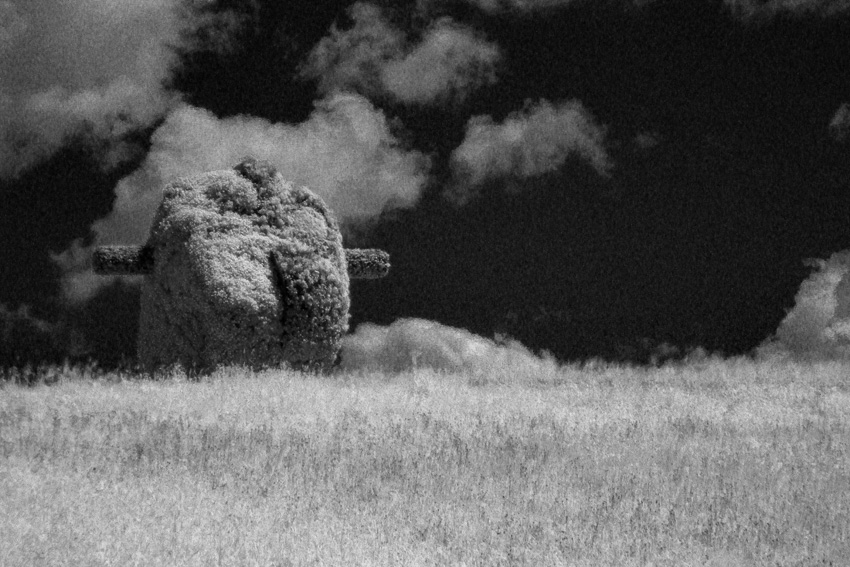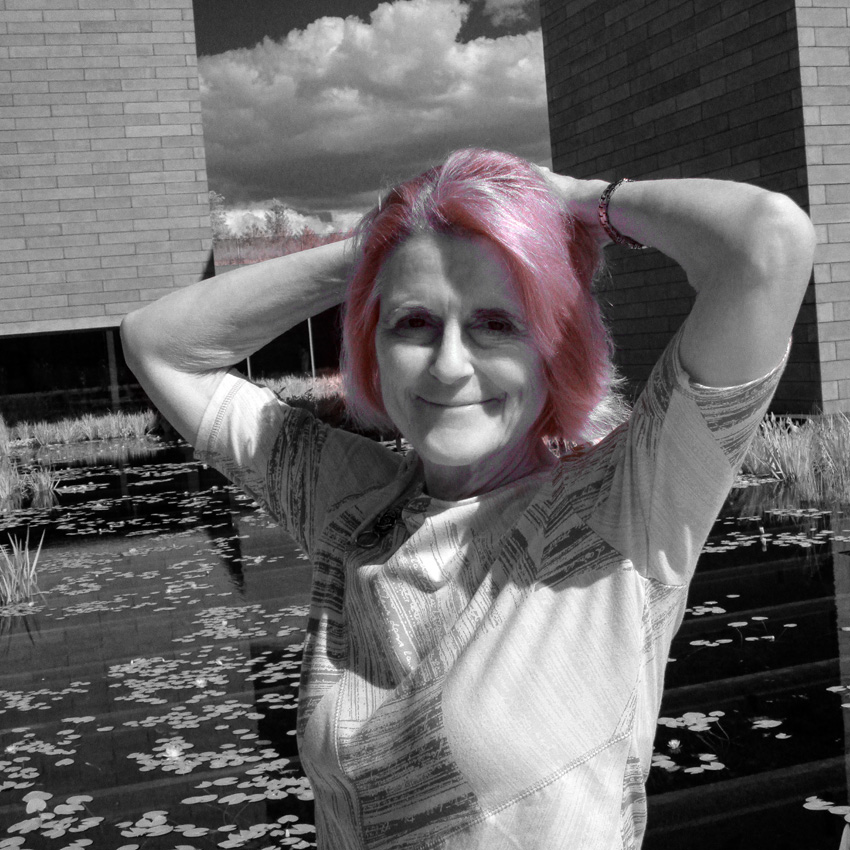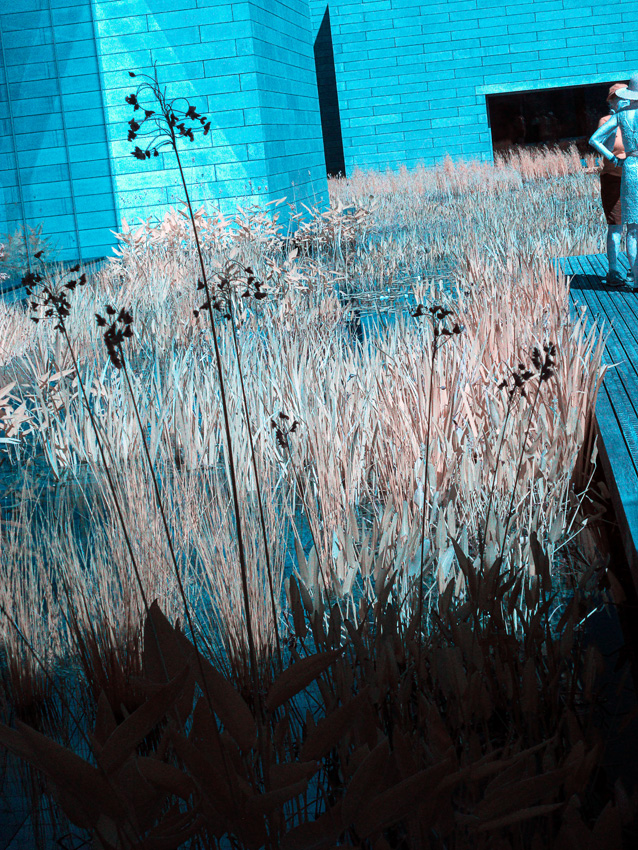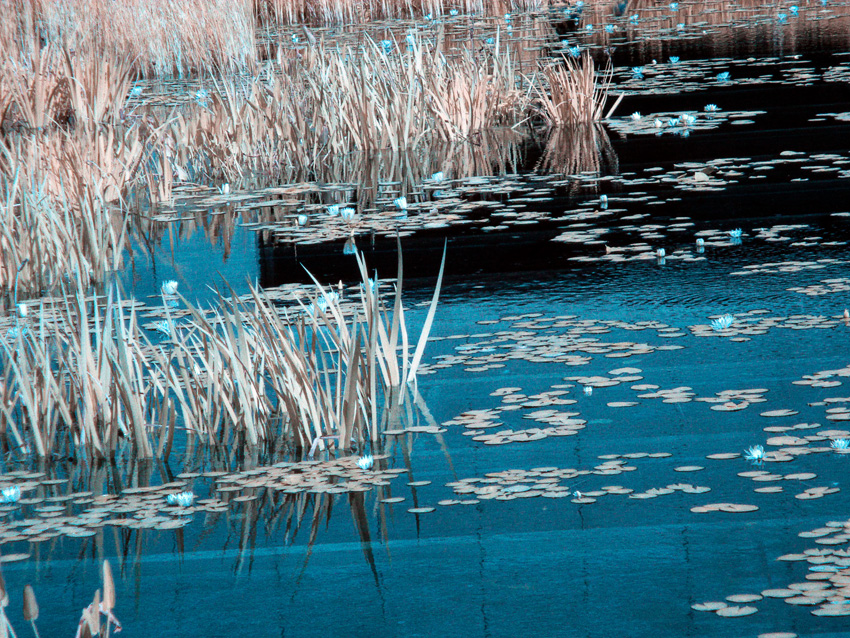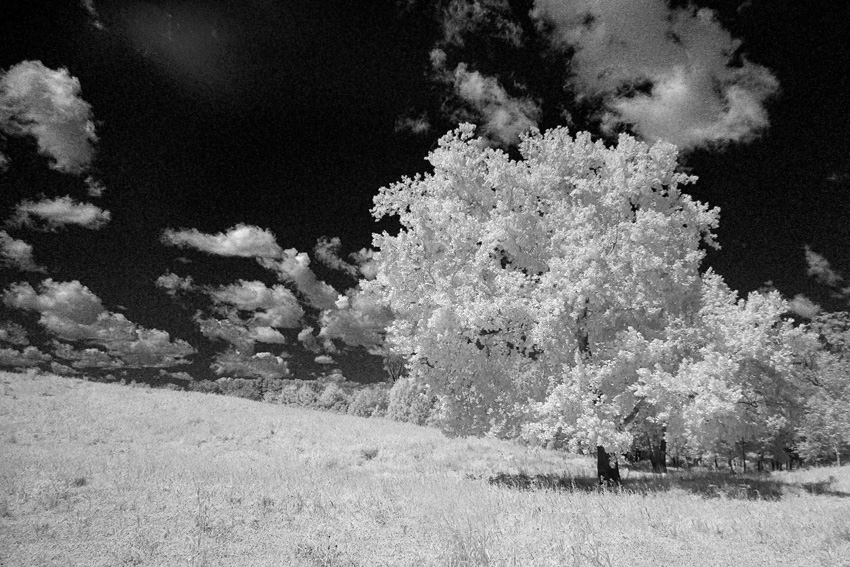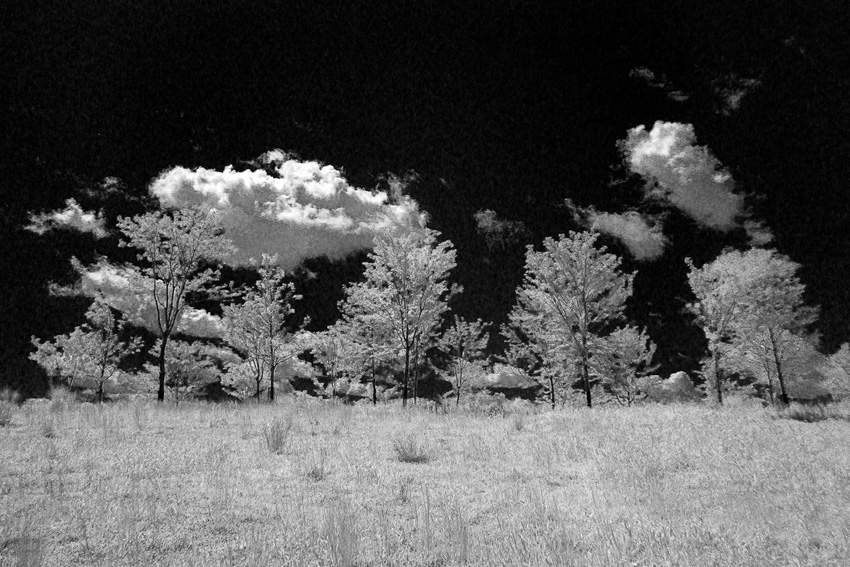No. 36. Glenstone
Located in Potomac, Maryland, Glenstone is a private contemporary art museum close to the nation’s capital. Featuring around 1,300 artworks in a variety of media by modern artists from many countries, Glenstone is noteworthy for its natural setting, including hundreds of newly-planted trees. The 230-acre museum has been expanded several times over the years. The most recent renovation features a complex known as the Pavilions, which include a bookstore and two cafés. The museum was developed and financed by billionaire Mitchell Rales and is curated by Emily Wei Rales. It has been compared to other private art collections like the Frick and Phillips collections.
The property is a former fox hunting club that Rales purchased to put to better use as the site of a new estate. Soon after purchasing it, the Rales began collecting art for their home. It is said they first developed the idea of establishing a museum following a near-death accident on a helicopter trip in Russia that inspired greater philanthropy.
The contemporary art collection is worth a visit. Timed, online tickets are available free to the public. Among my favorites were paintings on loan to the museum by Kerry James Marshall including The Black Painting and Untitled (Underpainting).
Visit www.glenstone.org for tickets and more information.
Special Notes:
1. The Black Painting depicts the murder of Black Panther Party leader Fred Hampton in his bed in December 1969 by the FBI and Chicago police. Painted in shades of black, the piece depicts Hampton’s bedroom and on the lower left a desk with a prominently displayed book by Angela Davis. I can’t say I really know the painter’s intentions, but I infer from the juxtaposition an indictment both of the brutality of the cop’s racist murder machine and the misdirection of the Black struggle by the Stalinist movement. While pondering the painting I found myself explaining it to other museum-goers, which at one point included the comment that I’d heard Hampton speak. It hit me that I’d heard him only a year before the murderous attack. I didn’t mention my misgivings about the direction the Panthers were going at the time.
2. Perhaps the most thought-provoking painting was Untitled (Underpainting), a fantasy about cultural appropriation. The wall-sized painting at first appears to be a diptych with mirror images of African-American grade-schoolers huddled on an art museum floor as a Black docent excitedly discusses an unseen painting. In the background, moving between panels is a group of Black school children following an African-American leader holding a tour guide’s pennant. Side-by-side between the two panels are museum-style labels with the title of the work and the painter’s name. The label on the left identifies the painter as “African-American” while the label on the right identifies him as “American.” One’s first thought is “curator’s uncorrected error,” until one realizes that the tags are affixed to the canvas and are a conscious part of a unitary work. This is a fantasy about cultural appropriation of the highest order!
3. On the portraits of Martha above: The Infrared portraits flattens the coloration of her face because there is no color in the infrared spectrum. In the false-color version, her skin appears blue because human skin absorbs infrared radiation. In the Black and white version, I restored the reddish tint of her hair from a false-color version of the same image. I should also make a note she is wearing the same blouse in all three versions. (She removed her light jacket after the color photo was shot.) The pattern on her blouse appears quite different in the infrared version from the color version because of the differential absorption of infrared radiation.

